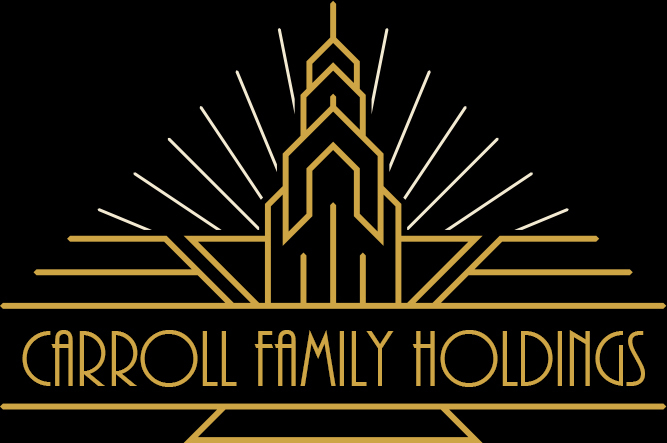This is a quick guide to the basics of how retirement plans work and how to help you figure out which plan is the right one for you or your clients.
The first thing we look at is how much you want to “defer” or save every year:
Levels of deferral:
- $0 – $5,000 – IRAs
- $5,000 – $18,000 – SIMPLEs & SEPs
- $15,000 – $30,000 – 401(k)s
- $50,000+ Defined Benefit Plans
To work with retirement plans, it is helpful to know a few basic ideas and terminology.
- Qualified Plans
- Withdrawals can start at age 59 ½
- You get a deduction up front for contributions
- Withdrawals are taxed at Ordinary income rates
- ROTHs
- Withdrawals can start at age 59 ½ + five years
- There is no deduction for contributions
- You pay no tax on withdrawals
IRAs are examples of individual accounts. Employer Sponsored accounts are things like Defined Benefit plans and 401(k)s that require an employer to start/manage them.
401(k) Testing refers to testing done under the ERISA law that prohibit plans from discriminating against the highly compensated owners and/or employees. They include testing like Top Heavy, Highly Compensated, etc.
You can avoid the testing with Safe Harbor plans. Effectively, if you do certain pre-determined contributions, the plans are assumed to be compliant.
There are two forms:
- Employer Match 4%
- Profit Sharing 3%
Employer Match means you have to match what the employees put in dollar for dollar up to 4% of their pay. If they put nothing in, you don’t have to put anything in. Profit Sharing is a flat contribution, equal to 3% of what all employees pay, that must be contributed regardless of how much employee’s defer.
So far, these are all Defined Contribution (the amount of the contribution is fixed, the amount the employee gets at retirement is NOT fixed.
DB (Defined Benefit) plans are the opposite.
A DB plan, when used in planning, revolves around one main idea: The percentage of the deferral that is retained by the main owner(s) is never 100%. Some portion has to go to employee’s to avoid the discrimination rules of ERISA. Generally, even if 20% of the money goes to the employee account, but the employer saves 40% to 50% in taxes (because of the deduction), it is still a good deal.
There are three components to a plan: 401(k) plan, profit sharing plan, and DB plan. PS & DB are pooled (meaning that all funds for all employees are in one account). A 401(k) is not, each individual participant gets their own account.
We usually solve for the DB portion.
It is calculated based on current compensation, inflated up to it’s value retirement age, then discounted back to the present value based on earnings in the account and contributions is the current year contribution, which is the deduction.
What is the best use for a DB plan?
- You want an age gap between owners and staff. Younger people have more time to compound, which means less has to be put in now.
- You want higher comp for the owners. Higher comp means a higher target amount.
- Vesting can also be applied, so turnover in employees is helpful.
Why is the number not static?
The formula has three components, remember:
- Current comp – static
- Earnings – NOT static – You need low volatility investments
- Vesting/Retention – NOT static – You’ll tend to have less contribution in future years because of retained money from people who left without vesting.
After you solve for the DB portion, we optimize the Profit Sharing plan (which tends to go almost entirely to employees) to make sure you pass the testing. Generally, you just do 401(k) deferrals throughout the year and then do a DB/PS contribution once a year in the first part of the year, based on the prior year comp and turnover.
All PS and DB amounts are a deduction to the business and not taxable to the employee.

0 Comments